After picking up a plastic Diana camera aged seven, Emmanuel Angelicas has been documenting Sydney’s inner-city suburb on the margins, Marickville, for almost fifty years. During a time rife with tensions spanning race and class, Emmanuel’s work has always celebrated the beauty in truth, no matter how confronting. With an unwavering veracity, his work champions the working-class melting pot of culture and character found on his very own doorstep. As time goes on, his style remains simple yet subversive – free from the restraints of technicality and concept: an in-your-face document of the moment as it truly was.
MARRICKVILLE features a smorgasbord of otherworldly portraits, all shot with the candour Emmanuel has become best known for. While in the past he’s been compared to Diane Arbus and Robert Mapplethorpe, it’s safe to say that the Marrickville-native has his own unique approach which sets him apart from the rest. We caught up with Emmanuel to discuss his series and how documenting his own life came to speak for a whole suburb and a particular corner of Australian cultural identity.
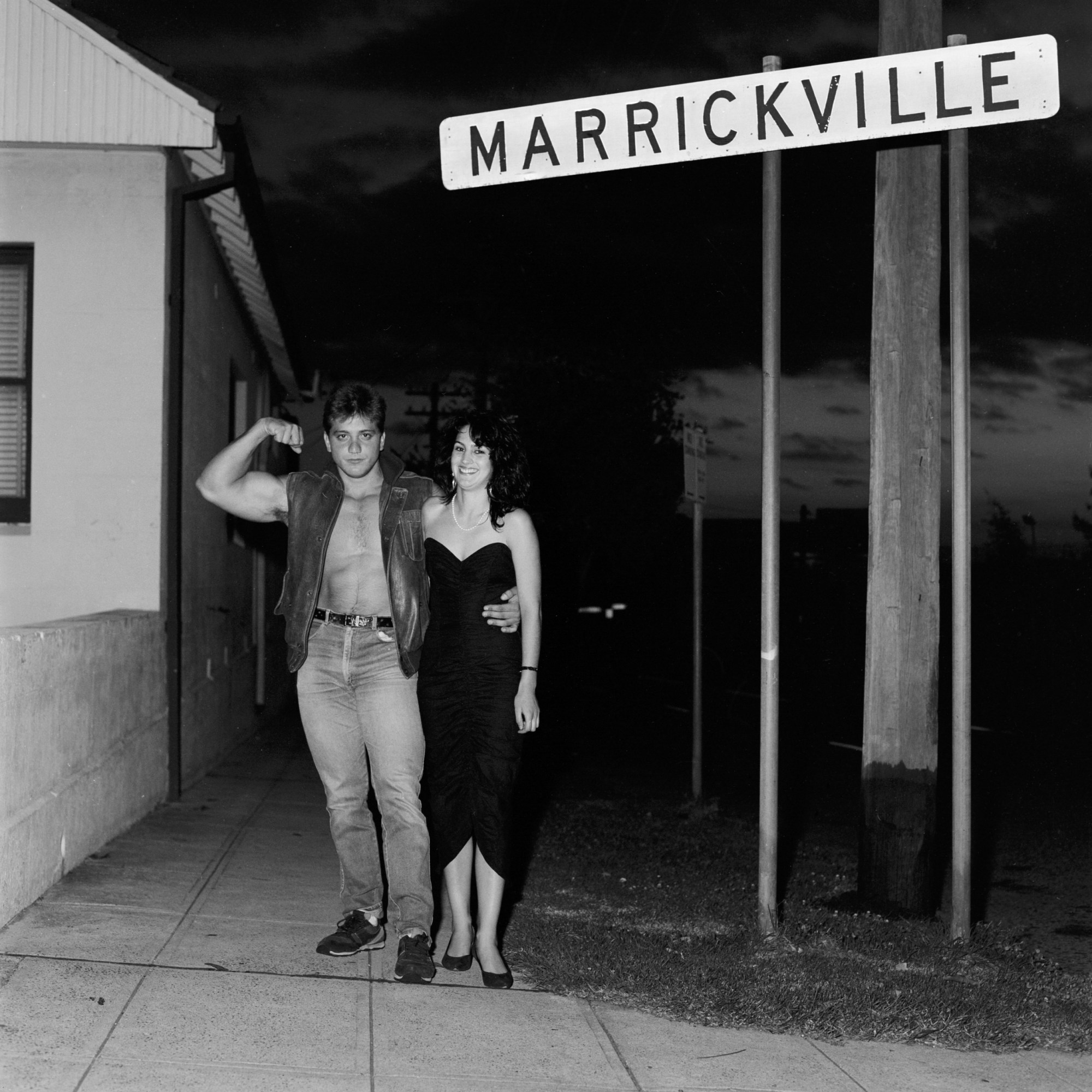
If you had to describe it briefly, what is the series about?
Marrickville is my home. It is where I grew up and it is where I still live. It is my life in photographs.
What was it like growing up there in the ’70s?
I remember the ’70s as happy and sad. My mother was 44 when my father died. She wore black for ten years and never remarried. She worked hard and made sure one way or another that my brother and I never went without. She worked long hours earning two cents per garment in the illegal backstreet sweatshops of Marrickville, ironing and pressing brand labels for the department store giants. My mother continued working in them through the ’80s and with her contacts I was granted access to photograph them. They are my first pure documentary photographs. Before them I had always considered myself a portrait photographer.
Marrickville in the ’70s, as I remember and lived it, was a tough neighbourhood. It was predominantly a mix of Anglos, who considered themselves Australian, and Southern European migrants. All working class. Racial tensions often led to street brawls and more. In this abrasive — and at times dangerous — period, I somehow made it through. Living on the edge; on the street, with all its animation was balanced by the safe haven of home. Some claim they can see this ambiguity in my work.
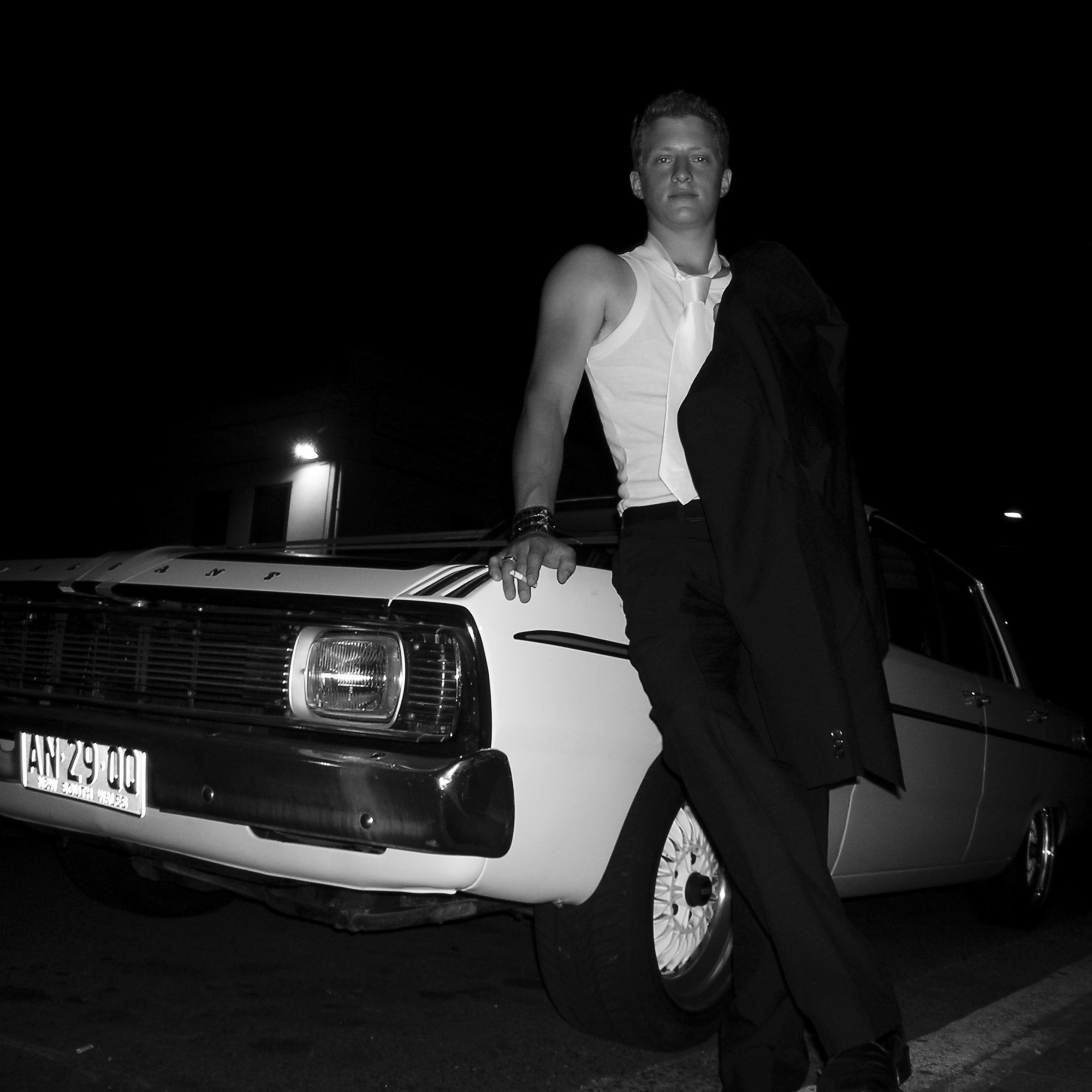
At such a young age, how did you come to know your subjects?
I began documenting my family and friends at the age of seven. They were the closest to me. I come from an Olympic bloodline embedded deep in Greek history. It is strong, warm and full of love. Our front door at home was always open and often people came with food, drink and wonderful stories. There was always laughter in the house. This provided me with a warm, intimate and safe environment. Everyone was close. Everyone expected hugs and kisses when greeted. You could not avoid the love. This love of family and friends eventually was shared with neighbours and the people I met in the streets.
Were there any photographers that inspired you growing up?
No, not really. During my tertiary studies I would argue with my lecturers as I would often refuse to go to exhibitions or look at other photographers’ work. I did meet Australian photographer Max Pam during my postgraduate studies. He became my mentor.
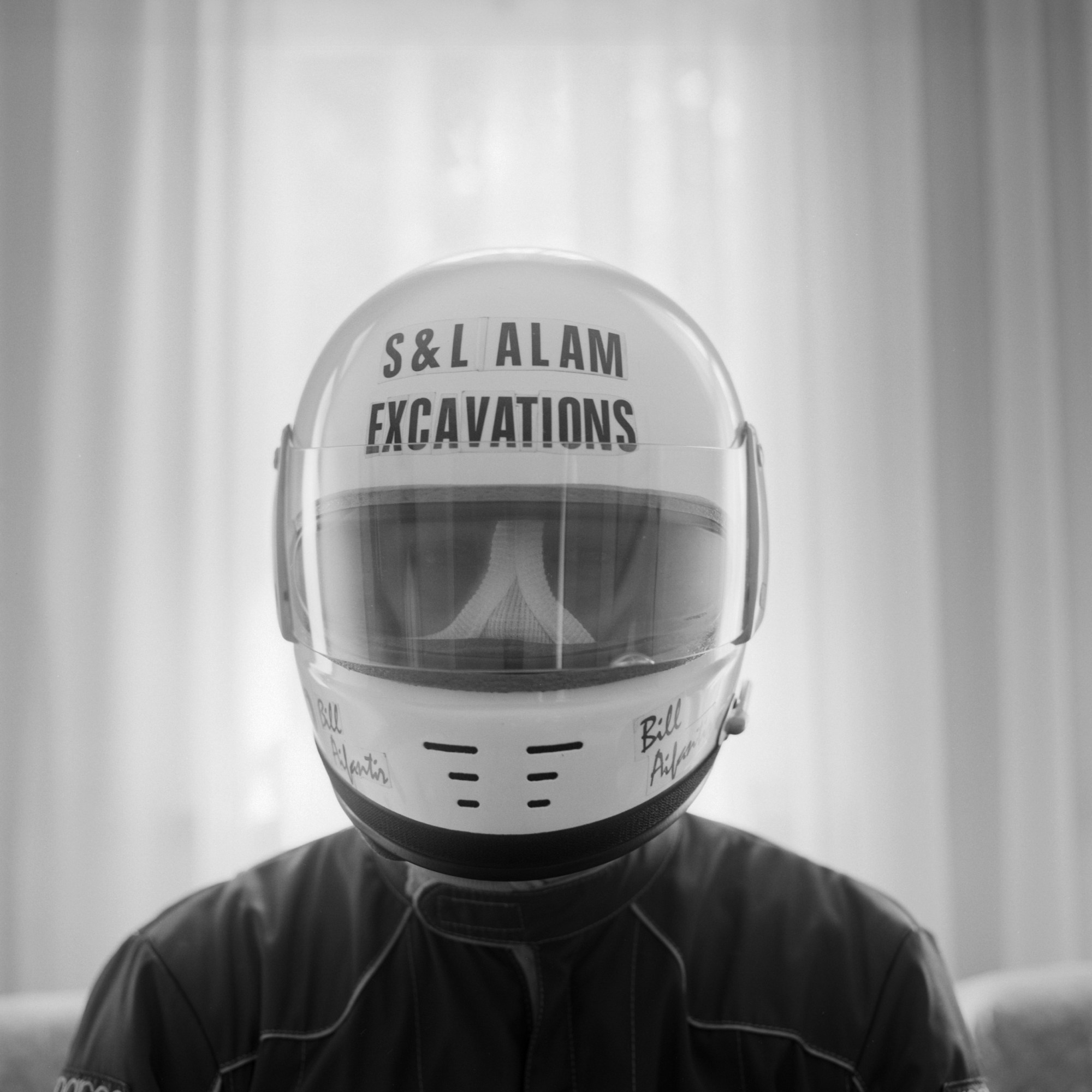
The series covers a long period, can you tell me how your relationship with your subjects and environment changed over time?
My relationship with my subjects has always remained the same. Intimate, personal and in-your-face. As for my environment, I adapt as it changes.
So has your approach to documenting your hometown changed at all?
No, it has not changed at all. The vision and approach are still the same.
Was it for a love of black and white, or consistency that led you to avoid colour throughout the series?
It was for the love of black and white.
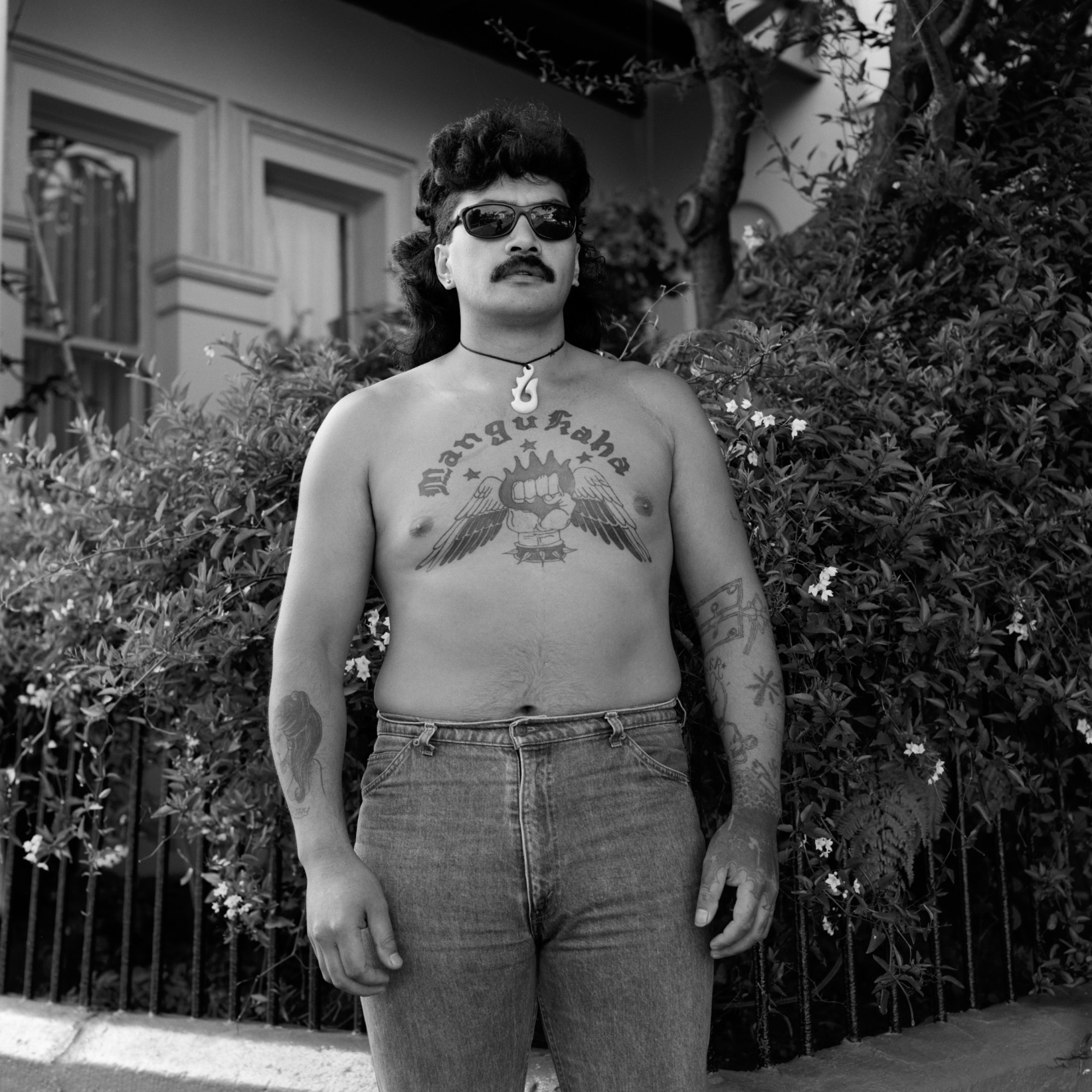
How did the turn of the century, particularly digital photography, affect the series?
For me it is not about the tools. It is about the intent and the final reveal. By the turn of the century shooting in the street became more of a challenge. I find people on the street these days have blinkers on or their head up their arse. Point a camera at them and suddenly the blinkers are off and their head full of shit will most likely create an event that can lead to a fight. Social media has not brought people closer together. It has and is continuing to move us further away from reality. People on the street these days are not curious, they are scared.
Do you feel like you would have had the same fascinations with Marrickville if you were documenting it as a seven-year-old in 2018?
Absolutely. Every time I shoot in Marrickville either in my home or on the street, I am still this seven-year-old boy curious with his camera, full of love and willing to share it.
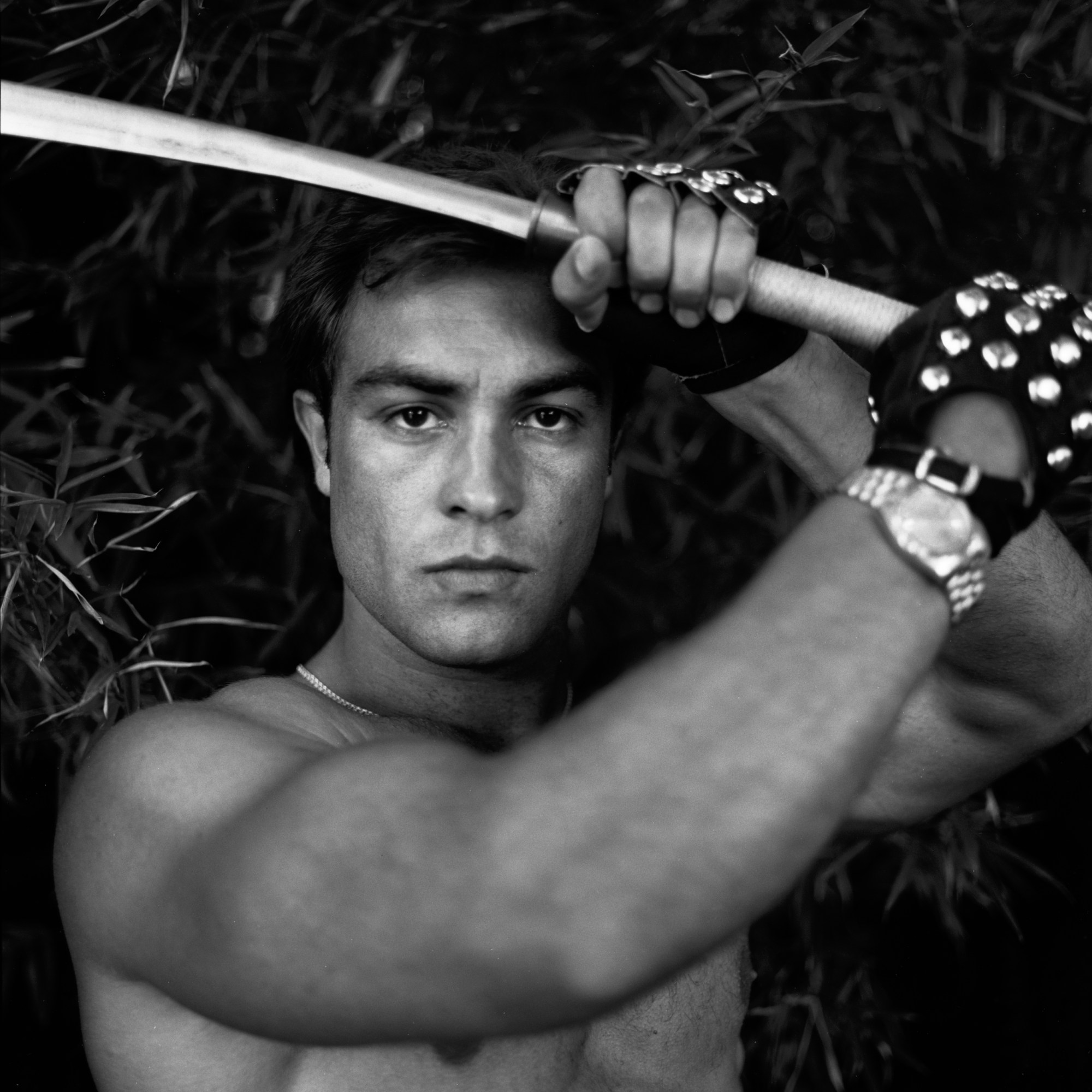
What can we look out for next?
I am currently working on a book and exhibition of the Marrickville series for 2020. It will be 50 years worth of documentation. The name of the book and exhibition is Silent Agreements Marrickville 50 Home.
